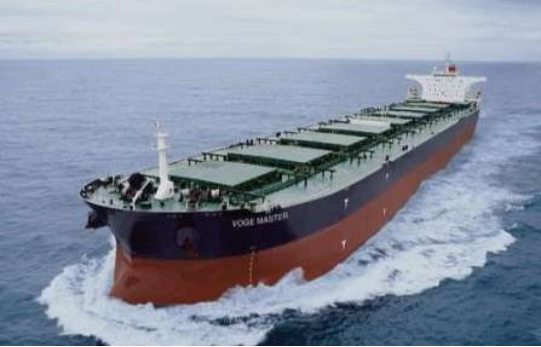Bill of lading
2022-05-16 16:30

Bill of lading, means a document which evidences a contract of carriage by sea and the taking over or loading of the goods by the carrier, and by which the carrier undertakes to deliver the goods against surrender of the document. A provision in the document that the goods are to be delivered to the order of a named person, or to order, or to bearer, constitutes such an undertaking. The consignee with the bill of lading to the freight destination of the transport sector to pick up the goods (if the consignee is in the hands of a small single, it is necessary to exchange the main single to the domestic freight forwarder), the bill of lading shall be signed by the carrier or the ship to be effective.
The three main functions of the bill of lading.
1. Goods receipt
For the goods to the carrier transport shippers, bill of lading has the function of goods receipt. Bill of lading as a receipt of goods, not only to prove the receipt of the type of goods, quantity, mark, appearance, but also to prove the receipt of the goods, that is, the time of loading of goods on board.
2. Proof of property rights
For the legal acquisition of the holder of the bill of lading, the bill of lading has the function of evidence of property rights. The bill of lading represents the right in rem can be transferred with the transfer of the bill of lading, the bill of lading in the rights and obligations provided for with the transfer of the bill of lading and transfer. Even if the goods suffered damage or loss in the course of transport, but also because the risk of the goods have been transferred to the buyer by the seller with the transfer of the bill of lading, only by the buyer to the carrier to claim compensation.
3. The contract is established to prove the document
The bill of lading is printed on the terms of the carrier and the shipper's rights and obligations, and the bill of lading is also recognized by law to deal with the basis of transport of goods, and is often considered that the bill of lading itself is the contract of carriage.
Bill of lading front content
1. bill of lading number (B/L No): generally listed in the upper right corner of the bill of lading, in order to facilitate the work of contact and check.
2. Shipper: the shipper's name, address. Shipper is generally the exporter.
3. Consignee: the name and address of the consignee, telephone, fax. 4.
4. Notify party: This is the recipient of the notice of arrival sent by the shipping company when the goods arrive at the port of destination.
5. Name of Vessel: the name of the vessel on which the goods are shipped and the number of voyages.
6. Place of Receipt: indicates the place where the carrier receives the goods.
7. Port of Loading: the specific name of the actual loading port.
8. Port of Discharge: the specific name of the port where the goods are actually discharged.
9. Place of Delivery: the place where the carrier delivers the goods.
10. Description of Goods: the name of the goods must be the same as the name of the goods specified in the letter of credit.
11. Number and kind of Package: the actual packaging situation.
12. Shipping Marks: If there is a provision on the letter of credit, it must be filled in according to the provision; otherwise, it can be filled in according to the markings on the invoice.
13. Gross Weight; Measurement: if specified on the letter of credit, must be filled in as specified; otherwise, the gross weight of the goods is generally listed in kilograms and the volume of the goods in cubic meter.
14. Freight and Charges: generally Freight Prepaid or Freight Collect.
15. Temperature Control Instructions: the temperature required for the transport of refrigerated containers, should try to avoid indicating the specific temperature.
16. place, date of issue and number of copies of bill of lading (Place and date of issue, number of original B(s)/L): the place of issue of bill of lading is in principle the place of loading, the date of issue of bill of lading should be the actual date of completion of loading of the goods listed on the bill of lading. The number of copies of the bill of lading is generally issued in accordance with the requirements of the letter of credit, such as "Full Set of", generally understood as the original bill of lading in triplicate, each with equal effect, the consignee with one of the withdrawal of goods, the other copies automatically expire. The number of copies of the bill of lading depends on the needs of the shipper.
17. Signed or sealed by the carrier or master, or by a person authorized by him
Written by karla
